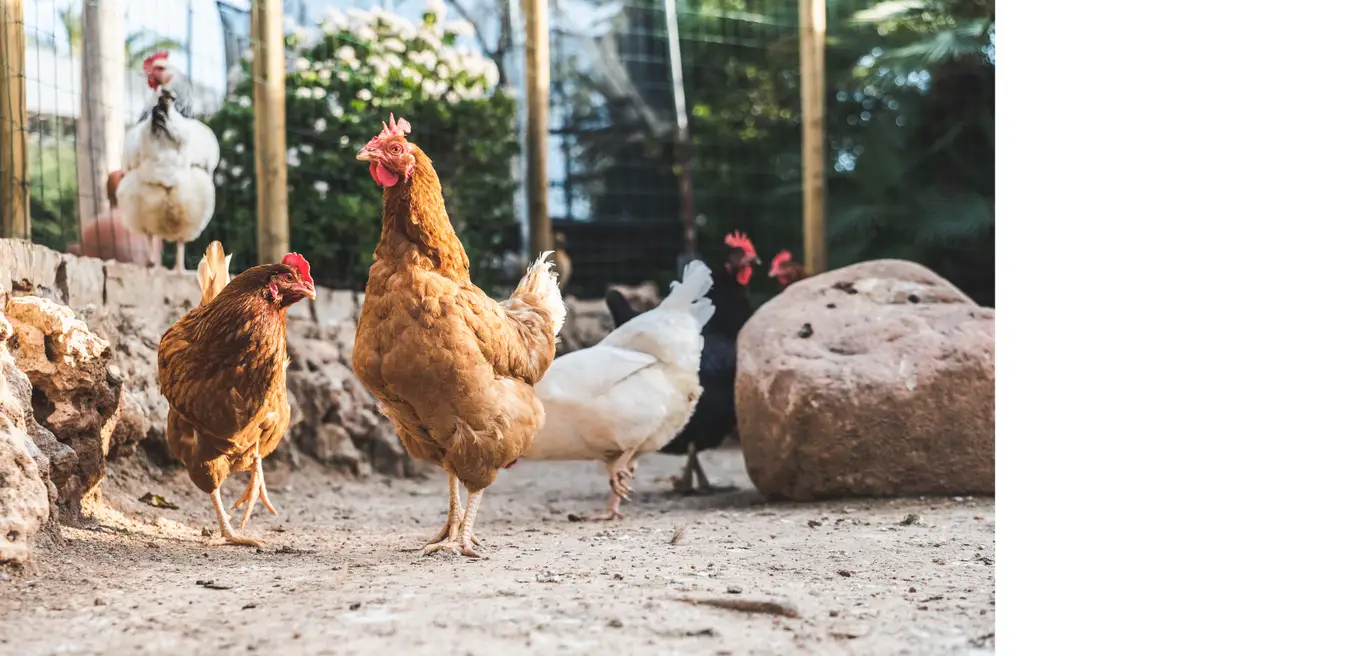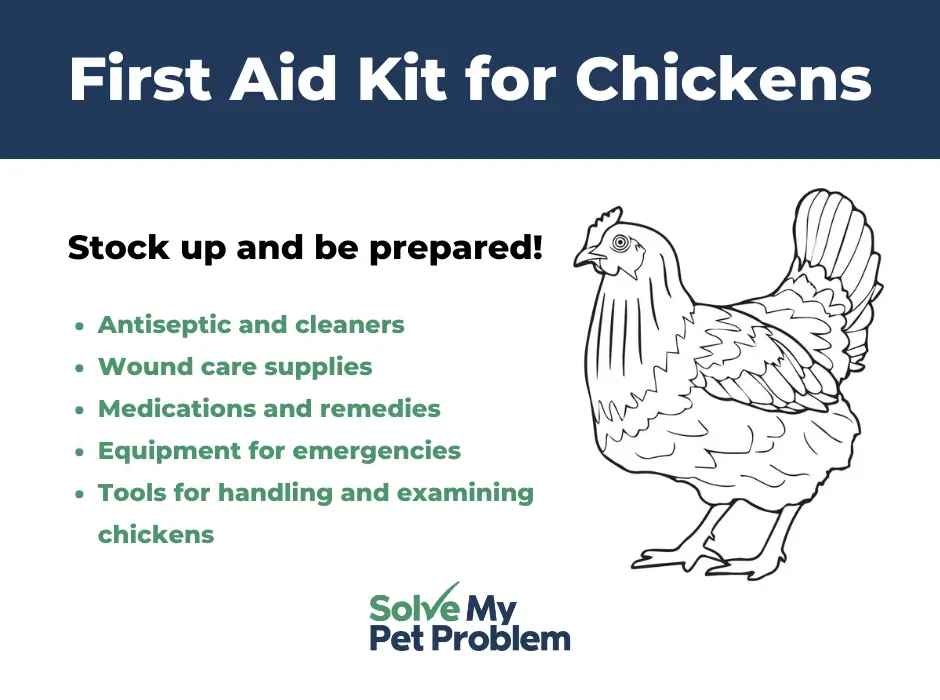Share via:
Yes, You Need a First Aid Kit for Chickens
- Summary
- Deep Dive
- FAQs

-
-
-
Summary
A chicken first aid kit is essential for quickly addressing minor injuries and illnesses. It should include wound-cleaning supplies, bandages, antibiotic ointments, scissors, tweezers, medications like electrolytes, and emergency items such as towels, a thermometer, and syringes. In case of injury, stay calm, examine the chicken, clean and bandage wounds, and offer supportive care. Store the kit in a waterproof container and check it regularly. While prevention is key, having a first aid kit ensures you're ready for emergencies.
Keep reading for a deeper dive and FAQs.
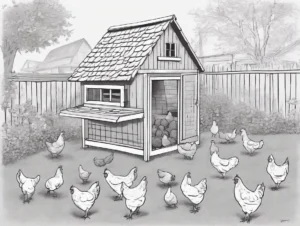
Raising chickens can be a rewarding and enjoyable experience. Whether they are kept for fresh eggs, as pets, or even for meat, chickens depend on their owners to keep them healthy and safe. But just like humans, chickens can get hurt or sick.
That’s where a chicken first aid kit comes in handy! Having a well-stocked kit can help you handle minor chicken health issues quickly before they become serious problems. Whether you’re just getting started with chickens (and should check out Beginner’s Guide to Backyard Chickens), or are an experienced owner, a first aid kit is essential.
Why You Need a First Aid Kit for Chickens
Chickens, while hardy animals, are prone to certain injuries and illnesses. They might get cuts from sharp objects, be injured by predators, or develop infections. Quick treatment can prevent their condition from worsening. A chicken first aid kit allows you to act immediately without scrambling to find the right supplies when an emergency arises.
Just like a first aid kit for humans, a chicken kit should include items for cleaning wounds, bandaging injuries, and treating common health issues. It should also be easy to grab when needed.
What to Include in Your Chicken First Aid Kit
Here’s a list of essential first aid items everyone should have in their chicken first aid kit:
- Antiseptics and Cleaners
- Saline solution: Great for rinsing wounds or eyes.
- Hydrogen peroxide or Betadine: Use for cleaning wounds to prevent infection. Avoid overusing hydrogen peroxide, as it can irritate tissue if used too often.
- Wound Care Supplies
- Gauze pads and rolls: For covering wounds.
- Vet wrap or self-adhesive bandage: Wrap wounds securely without sticking to feathers.
- Scissors: For cutting bandages to the right size.
- Cotton swabs or balls: Useful for applying ointments.
- Antibiotic ointment: Helps wounds heal faster and protects against infections.
- Tools for Handling and Examining Chickens
- Gloves: Keep things clean and protect yourself when dealing with blood or infections.
- Tweezers: Use to remove splinters, ticks, or debris from wounds.
- Flashlight or headlamp: Helps you examine chickens closely, especially at night.
- Medications and Remedies
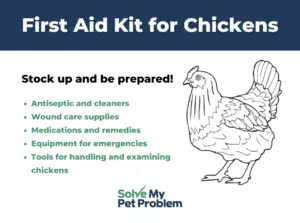
- Electrolyte powder: Mix with water to help a sick or weak chicken stay hydrated.
- Activated charcoal: Useful for treating poisoning or accidental ingestion of toxic plants.
- Blu-Kote or similar sprays: These cover wounds and prevent chickens from pecking at each other’s injuries.
- Antibiotics or probiotics: Check with a vet before using antibiotics, but probiotics can support gut health after illness.
-
- Equipment for Emergencies
- Small towels or rags: Helpful for wrapping or holding a chicken.
- Thermometer: Chickens can develop fevers if they’re sick. A chicken’s normal body temperature is about 105-107°F.
- Syringe or dropper: For administering medication or fluids.
- Optional Items
- Hemostat or styptic powder: To stop bleeding from minor cuts or broken feathers.
- Leg bands or markers: If you need to identify a chicken for ongoing treatment.
- Notebook and pen: Record symptoms, treatments, and recovery progress.
How to Use Your First Aid Kit for Chickens
When an emergency happens, here’s what to do:
- Stay Calm: Chickens can sense when you’re nervous. Staying calm helps keep them calm, too.
- Catch the Chicken: Use a towel or your hands to gently catch and hold the injured chicken. Keep them in a quiet area away from the flock to reduce stress.
- Examine the Chicken: Look for injuries, bleeding, or signs of illness like swelling or discharge.
- Clean the Wound: Use saline or antiseptic to gently rinse cuts or scrapes. Avoid scrubbing hard, as this could hurt the chicken more.
- Bandage If Needed: Cover the wound with gauze and wrap it securely with vet wrap. Make sure it’s snug but not so tight that it cuts off circulation.
- Provide Supportive Care: If the chicken is weak, offer clean water with electrolytes and a safe, warm place to recover.
Now that you have your first aid kit for chickens assembled, we’ll talk about how to use it.
Using Your First Aid Kit for Chickens
- Prevention Is Best: Keep your coop clean and free of sharp objects to reduce the chance of injuries.
- Know When to Call a Vet: Some situations, like a broken bone or deep wounds, need professional help. Don’t hesitate to contact an avian vet if you’re unsure.
- Check Your Kit Regularly: Make sure all items are stocked and not expired. Replace anything that runs out.
Storing Your First Aid Kit
Keep your chicken first aid kit in a dry, easy-to-access location, like your coop or a storage area nearby. Consider putting everything in a waterproof container or toolbox to keep it organized and protected from the elements.
Final Thoughts
Having a first aid kit for chickens is an important part of being a responsible chicken owner. It can make all the difference in how quickly and effectively you handle an emergency. While we hope you never have to use it, being prepared means you’ll be ready to help your feathered friends when they need it most.
So grab a box, gather the items on this list, and build your chicken first aid kit today! Your flock will thank you for it.

-
-
-
First Aid Kit for Chickens FAQs
Why do I need a first aid kit for chickens?
A chicken first aid kit is essential for quickly addressing minor injuries, illnesses, and emergencies. Chickens can get injured from cuts, predators, infections, or even illnesses, and having the right tools on hand ensures you can provide immediate care.
What should be included in a chicken first aid kit?
Your kit should contain:
- Antiseptics and cleaners like saline solution and Betadine
- Wound care supplies including gauze, vet wrap, and antibiotic ointment
- Tools for handling chickens like gloves, tweezers, and a flashlight
- Medications and remedies such as electrolyte powder and activated charcoal
- Emergency equipment like small towels, a thermometer, and syringes Optional items include styptic powder, hemostats, and a notebook.
How do I use the chicken first aid kit in an emergency?
- Stay calm to keep your chicken calm as well.
- Catch and hold the chicken gently in a quiet place.
- Examine the injury for bleeding or signs of illness.
- Clean the wound with saline or antiseptic and bandage it with gauze and vet wrap.
- Offer supportive care, including water with electrolytes if needed.
How do I store my chicken first aid kit?
Store your first aid kit in a dry, accessible location like your coop or a nearby storage area. Use a waterproof container or toolbox to keep everything organized and protected from the elements.
How often should I check my first aid kit?
It’s important to regularly check your kit to ensure that supplies are stocked, in good condition, and not expired. Replace items as needed to maintain preparedness.
When should I call a vet instead of using my first aid kit?
If the injury is severe, like a broken bone or deep wound, or if the chicken’s condition worsens, it’s best to contact an avian vet. Additionally, some illnesses may require professional diagnosis and treatment.
What are some common injuries or issues I might need to treat?
Chickens can experience cuts, abrasions, predator attacks, infections, dehydration, and digestive issues. Having a first aid kit helps you respond quickly to these common problems before they escalate.
Can I use human medications for my chickens?
Some human medications, like antiseptics or antibiotics, can be used on chickens, but you should consult a vet before administering any medication. Never use medication that is toxic to chickens.
Is prevention more important than having a first aid kit?
While prevention (such as keeping a clean coop and removing hazards) is ideal, having a well-stocked first aid kit for chickens ensures you’re prepared for any unexpected injuries or illnesses that may occur.
What should I do if my chicken is weak or lethargic?
If your chicken is weak, provide fresh water mixed with electrolytes to help rehydrate and boost energy. Keep the chicken in a warm, safe environment and monitor its condition closely. If symptoms persist, contact a vet for advice.
These FAQs about chicken first aid kits will help fellow owners understand the importance of a first aid kit and how to effectively use it in emergencies.
Related Posts
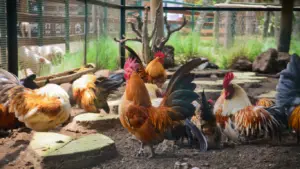
Chicken Coop Ventilation – How Much Do You Need?

How to Build a Chicken Coop Door
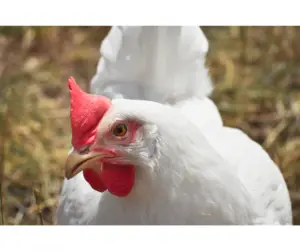
Green Diarrhea in Chickens: What It Means and How to Help
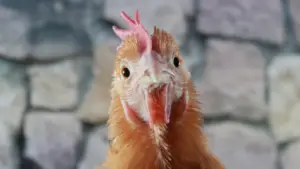
Understanding Diarrhea in Chickens: What You Need to Know

Does My Chicken Have Ascites or Egg Binding?
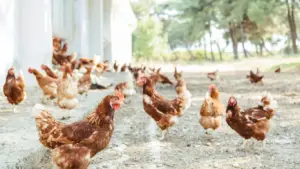
How to Build a Chicken Coop
Share via:
